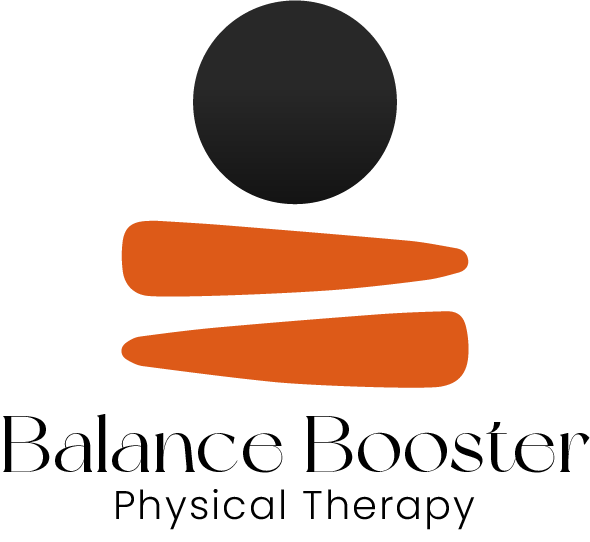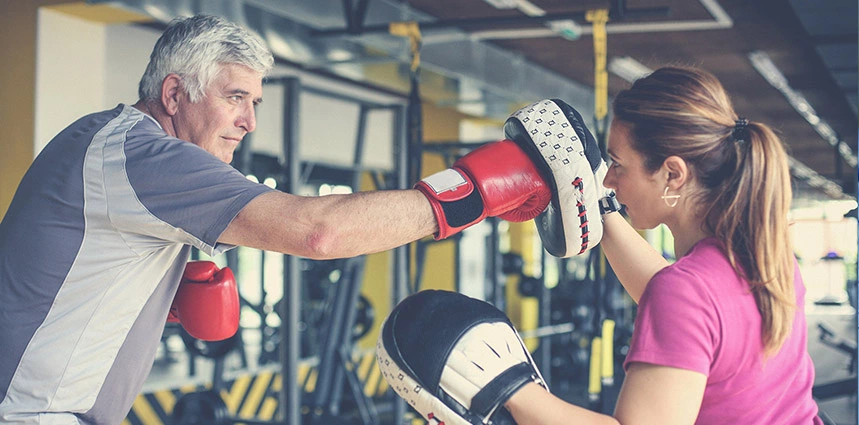Adapted Boxing Provides Innovative Treatment for Parkinson’s Disease (PD)
When asked how her family responded when she told them she was boxing for her Parkinson disease, 80-plus-year-old Maxine replied with a sly smirk of confidence, “They used to laugh, but they don’t laugh anymore.”
Maxine has been fighting back against her PD with a boxing-based, noncontact exercise curriculum developed at Rock Steady Boxing in Indianapolis. Her PD symptoms and, more important, her quality of life have improved significantly since starting her boxing training.
Although there is a lot of anecdotal evidence that promotes Rock Steady Boxing, there have only been two small trials that sought to examine the clinical benefits of Rock Steady Boxing. In one study, 31 people with PD were assigned to either a boxing exercise training or traditional exercise for 24-36 sessions, each lasting 90 minutes over 12 weeks. Participants were tested before and after completion of training on measures of balance, balance confidence, mobility, gait velocity, gait endurance, and quality of life. Although the researchers state that their original hypothesis was that boxing would lead to greater improvements than traditional exercise, the study did not bear that out. Both groups demonstrated gains on multiple measures. No outcome measure demonstrated a significant difference between groups except for balance confidence which favored the traditional exercise group. Even though boxing was not shown to be better than traditional exercise, it did improve important measures of fitness.
In a second trial, six people with PD attended 24-36 boxing training sessions, each lasting 90 minutes over 12 weeks. Outcome measures of balance, mobility and quality of life were assessed at 12, 24, and 36 weeks. Each of the participants showed improvement on at least five of the 12 outcome measures at 12 weeks, which was sustained at 24 and 36 weeks.
Larger trials are needed to fully understand the effects of Rock Steady Boxing on PD and how it compares to other exercise modalities.



